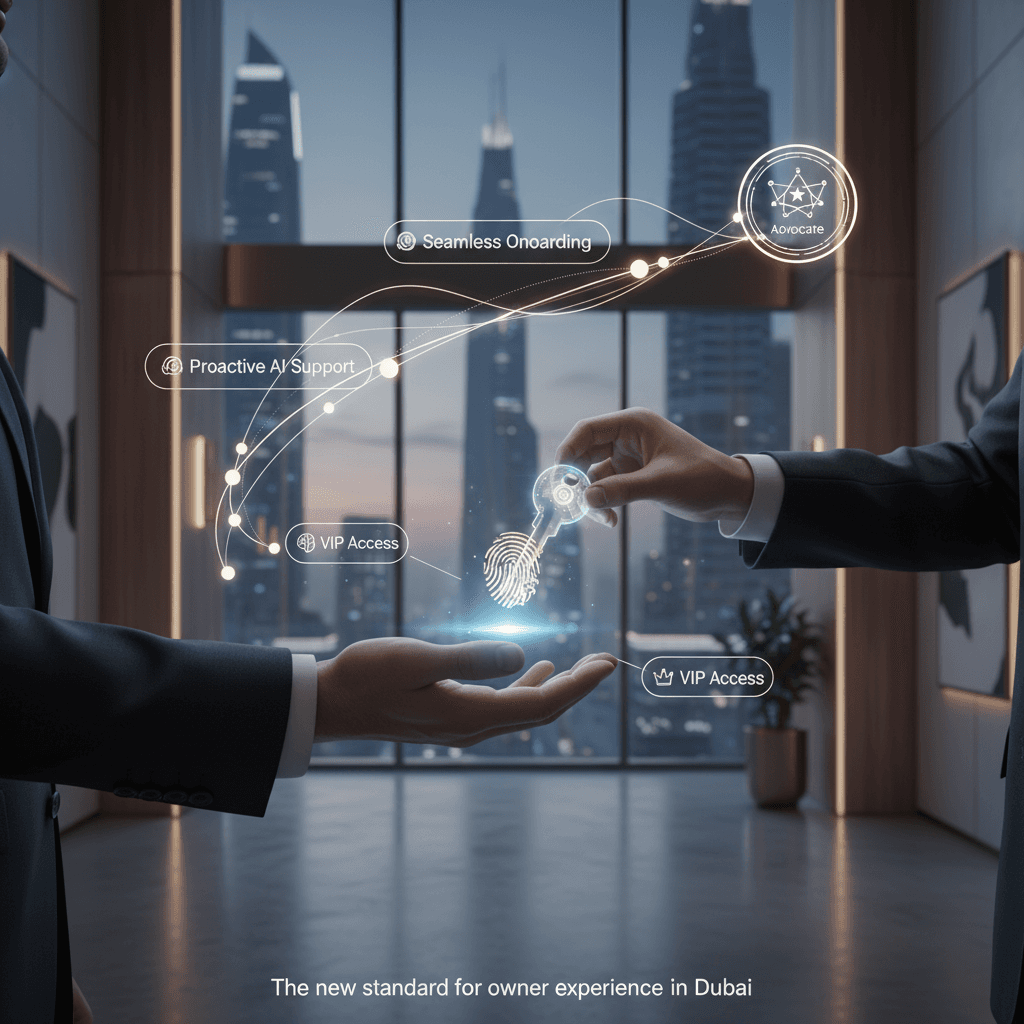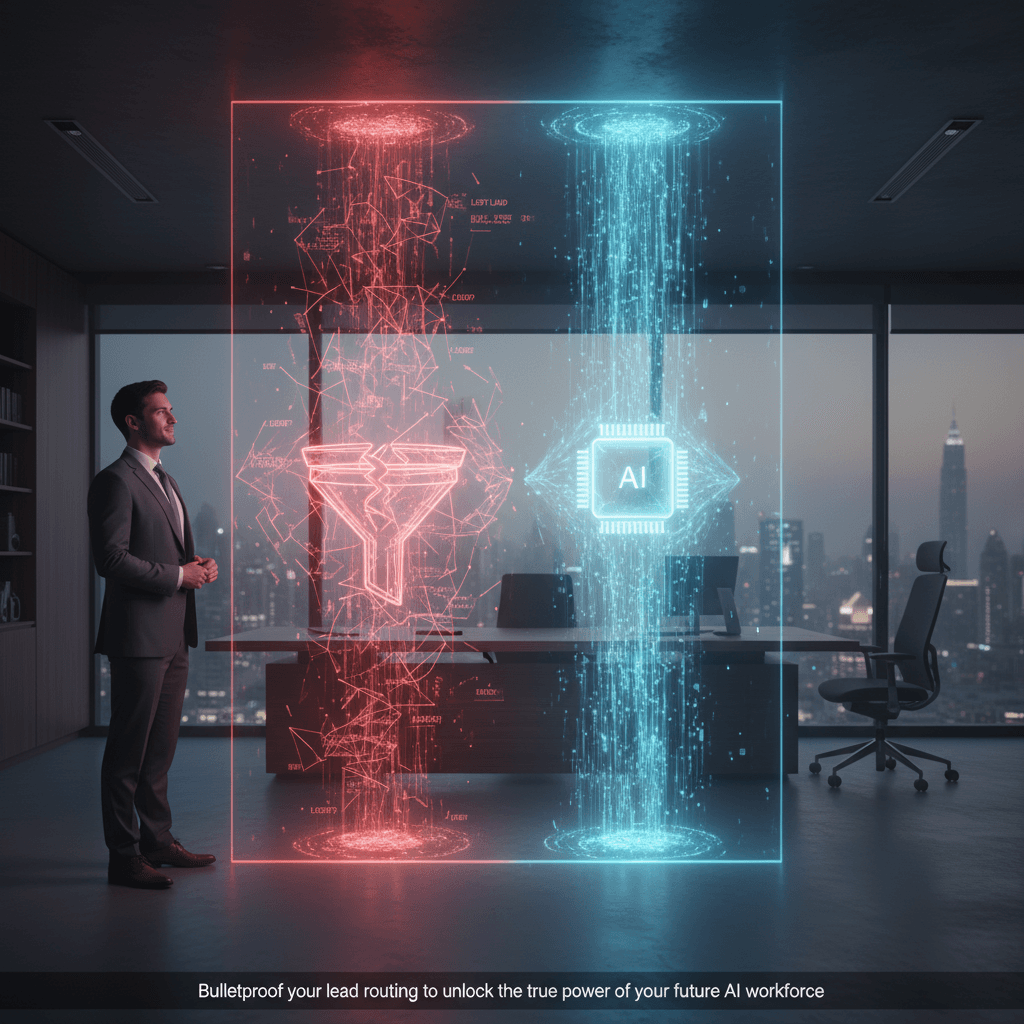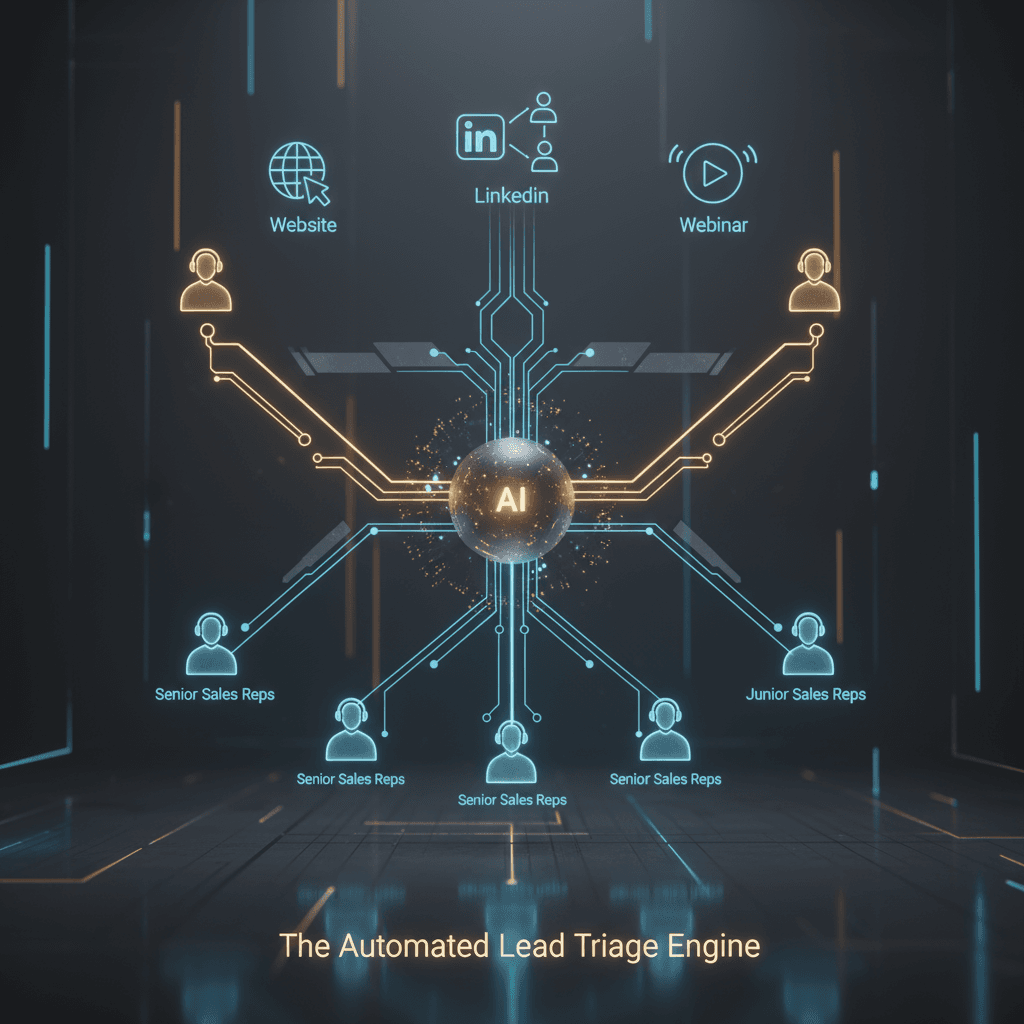The Real Work Begins After the Handover
You’ve closed the deal. The payment is cleared, and the contracts are signed. For many developers, this feels like the finish line. But in Dubai's competitive market, it's the starting block for building long-term value. Manually managing property handovers, fielding service requests, and sending community updates is a massive operational drain. It creates inconsistent owner experiences and leaves money on the table.
The old way involves scattered spreadsheets, delayed email replies, and overwhelmed community managers. A single owner might have to call three different people to get an answer about their service charges. This friction erodes trust and brand loyalty. The new way is a streamlined, automated system that delivers instant, accurate information and frees up your team to focus on high-value relationships. One client reduced their post-handover query tickets by 40% within 60 days of implementing a similar welcome workflow.
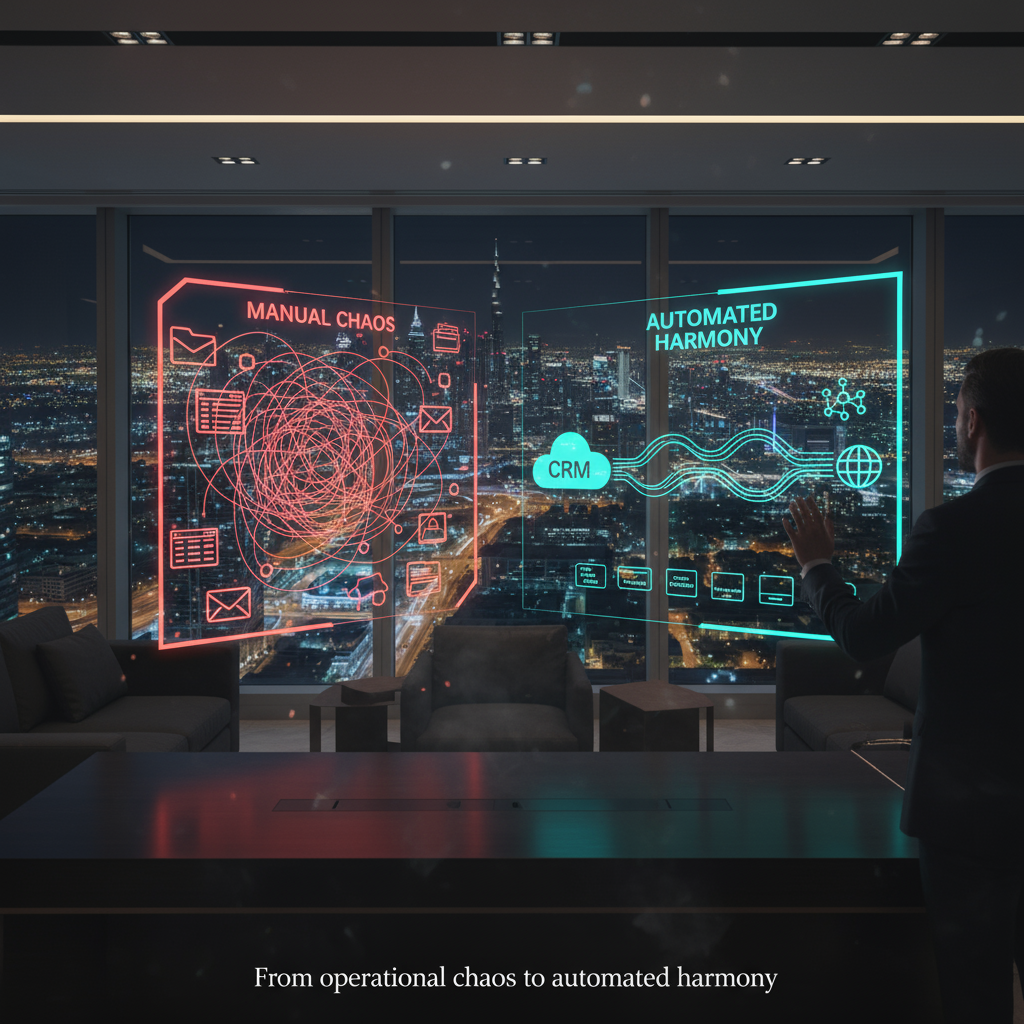
The 4-Stage Post-Handover Automation Framework
Instead of thinking in one-off tasks, a structured framework helps you build a cohesive owner journey. This model connects your CRM, communication tools, and AI agents into a system that works 24/7. It’s designed to be implemented in stages, so you can start seeing value right away.
Stage 1: Welcome & Onboarding (Days 1-14)
The first two weeks set the tone for the entire relationship. The goal is to create a seamless, impressive, and completely frictionless welcome experience.
- Key Actions: As soon as the deal is marked "closed" in your CRM, the automation triggers. It instantly delivers the digital handover pack, sends key utility registration information (like DEWA) via WhatsApp, and enrolls the new owner in a welcome sequence that introduces them to community amenities and contacts.
- Core Tools: CRM (HubSpot, Salesforce) acts as the trigger, an automation platform like Make.com or n8n connects the services, and the WhatsApp Cloud API delivers the messages directly to the owner's phone.
Stage 2: Proactive Support (First 90 Days)
Your team’s time is best spent on complex issues, not answering the same questions repeatedly. This stage is about proactively addressing common queries and checking in before small issues become big complaints.
- Key Actions: Deploy a custom AI agent trained on your community documents to answer FAQs via WhatsApp ("How do I book the community hall?" or "What’s the Wi-Fi password for the gym?"). The system can also automatically schedule a 30-day check-in call with a relationship manager, ensuring every new owner feels valued.
- Core Tools: A custom-built AI Agent, a booking tool like Cal.com integrated into your CRM, and your CRM for tracking all interactions.
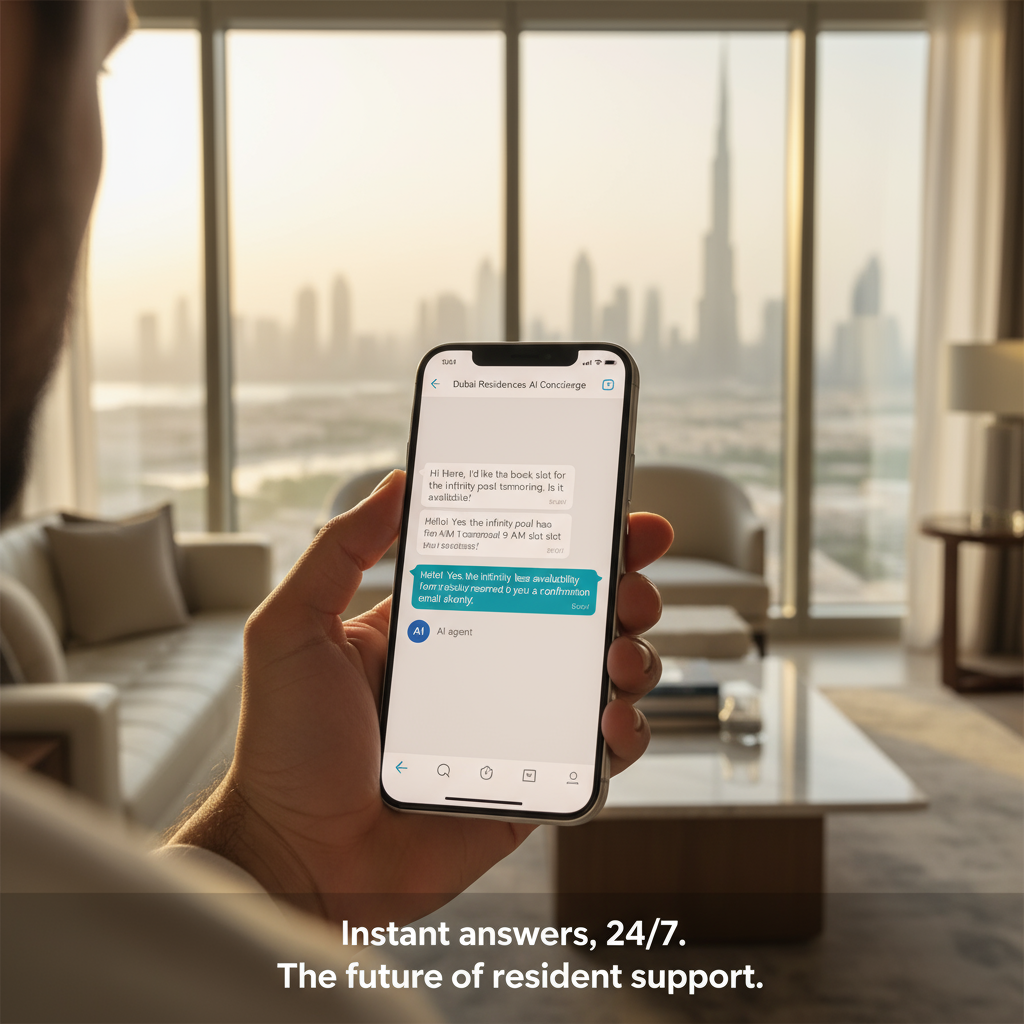
Stage 3: Lifecycle Management (Ongoing)
This is where automation drives long-term operational efficiency. The goal is to maintain clear, consistent communication and streamline recurring financial and administrative tasks that are prone to human error.
- Key Actions: Automate service charge reminders with payment links that are sent on a predefined schedule. Use your CRM to segment owners by building or tower to send targeted community updates about maintenance or events. After a maintenance ticket is closed, automatically send a simple feedback survey to gauge satisfaction.
- Core Tools: Make.com for scheduled workflows, payment gateway integration (Stripe, etc.), and advanced CRM segmentation.
Stage 4: Loyalty & Upsell (Ongoing)
Not all owners are created equal. This final stage uses data from the previous stages to identify your biggest fans and turn them into a source of new revenue and referrals.
- Key Actions: Create a "Loyalty Score" in your CRM based on data points like positive feedback scores, on-time service charge payments, and community event attendance. When a score passes a certain threshold, automatically add the owner to a "VIP" list for early access to new projects or trigger a task for a sales manager to request a testimonial.
- Core Tools: Advanced CRM workflows and reporting dashboards.
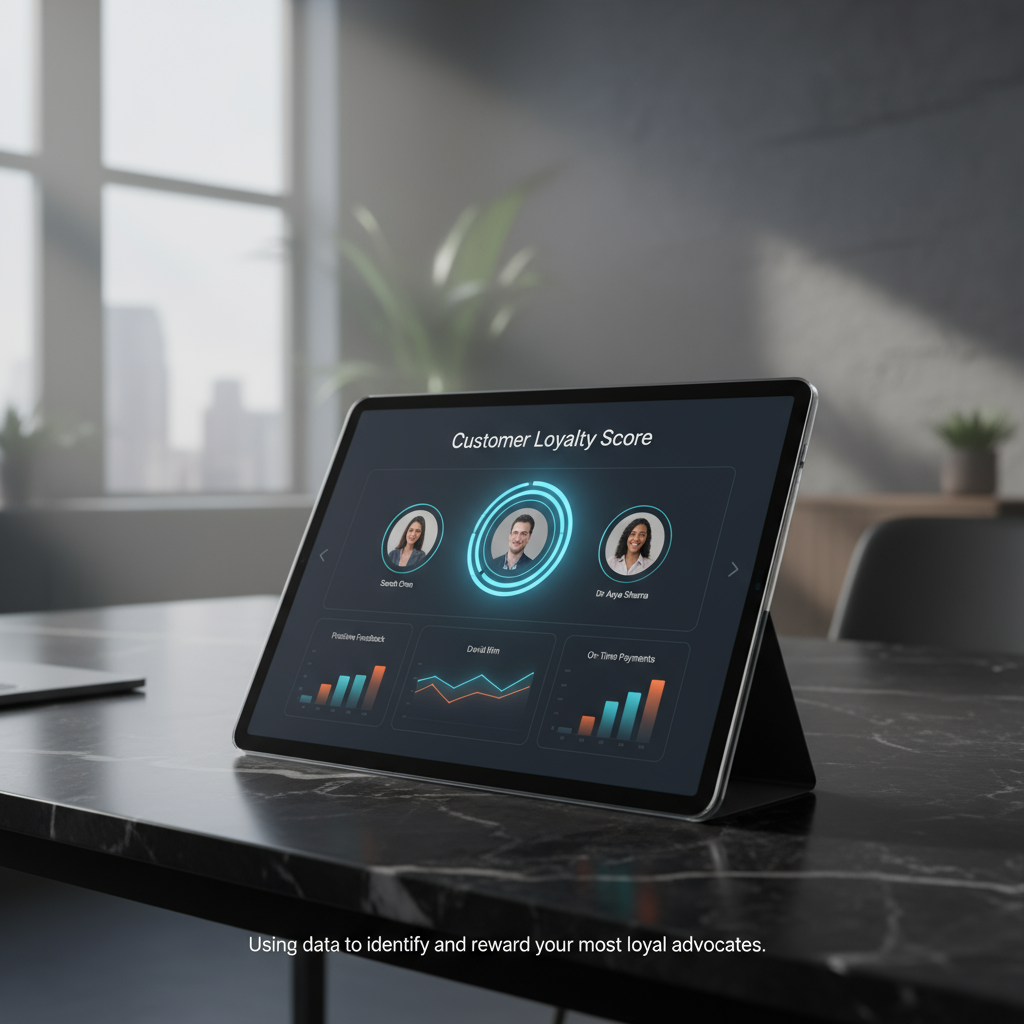
Putting It Together: A Sample Automation Workflow
Here’s what this looks like in practice. This simple, five-step workflow can be built in an afternoon and save your team dozens of hours a week.
- Trigger: A deal is moved to the "Closed Won" stage in your HubSpot or Salesforce CRM.
- Action 1 (Make.com): The CRM change triggers a workflow. It adds the new owner's contact details to a dedicated "New Owners Q1" list and formats their phone number for WhatsApp.
- Action 2 (WhatsApp API): A templated welcome message is sent instantly via WhatsApp. It includes a greeting, their unit number for confirmation, and a secure link to the digital handover pack.
- Action 3 (HubSpot): The owner is enrolled in a 90-day "Welcome Sequence" workflow that sends helpful tips and community information once a week.
- Action 4 (AI Agent): The owner's phone number is now flagged, allowing the AI agent to field their incoming questions 24/7.
Frequently Asked Questions (FAQ)
How do you automate customer onboarding in real estate?
You can automate onboarding by using your CRM as a trigger. When a deal closes, it can automatically send a digital welcome pack, schedule introduction calls, and send a sequence of informational emails or WhatsApp messages about the property and community services.
What is a post-sales automation workflow?
It's a pre-defined sequence of actions that are automatically triggered after a sale is completed. The goal is to manage communication, handle administrative tasks (like service charge reminders), and gather feedback without manual intervention, ensuring a consistent customer experience.
How can a CRM improve owner and tenant retention?
A CRM provides a single source of truth for every interaction. By tracking communications, maintenance requests, and feedback, you can identify at-risk owners, proactively address their issues, and personalize communication, which builds loyalty and improves retention.
What are the key stages in a property handover process?
The key stages include the final inspection (snagging), payment settlement, contract signing (Deed of Sale), key collection, and utility registration (e.g., DEWA). Automation can streamline the communication and document sharing for each of these stages.
How to automate service charge reminders in Dubai?
Use an automation platform like Make.com to connect your CRM to an email or WhatsApp service. Create a scheduled workflow that checks for upcoming payment due dates in your CRM and automatically sends templated reminder messages with a direct payment link a set number of days before the due date.
Can AI handle tenant maintenance requests?
Yes. An AI agent can act as the first point of contact. It can log the initial request, ask clarifying questions (e.g., "Can you upload a photo of the leak?"), categorize the issue's urgency, and create a ticket in your management system, routing it to the correct maintenance team.
Best communication tools for property management companies?
For urgent and direct communication, the WhatsApp Cloud API is highly effective due to its high open rates. For less urgent community-wide announcements, email is still a reliable channel. A good CRM should be able to manage both.
HubSpot vs. Salesforce for real estate developers?
Both are powerful. HubSpot is often favored for its user-friendly interface and strong, all-in-one marketing and service hubs, making it faster to set up for mid-size developers. Salesforce offers deeper customisation and is often preferred by large enterprises with complex, multi-departmental sales and service processes.
Your Next Steps to Automated Loyalty
Transitioning from a manual to an automated system is a step-by-step process, not an overnight switch. Here's how to start:
- Audit Your Current Process: Grab a whiteboard and map every single step of your current post-handover journey. Identify the most time-consuming, repetitive tasks. This is your starting point.
- Choose Your Core Tech: Ensure your CRM is the undisputed source of truth for all owner data. Select an automation platform like Make.com or n8n to act as the central nervous system connecting your apps.
- Implement Stage 1 First: Don't try to boil the ocean. Build the "Welcome & Onboarding" workflow first. It’s a high-impact, low-complexity project that delivers immediate, visible value to owners and your team.
- Measure and Iterate: Track key metrics like owner response time, number of support tickets, and team time saved. Use this data to justify expanding automation into the other stages of the framework.
- Talk to an Expert: If you want a clear roadmap to implement this faster, book a session with a team that builds these systems for top developers in the region.
